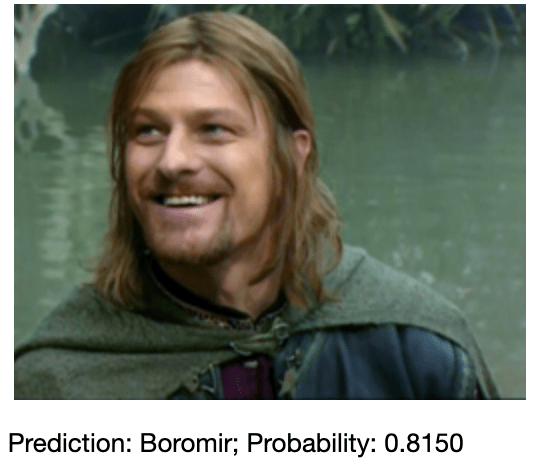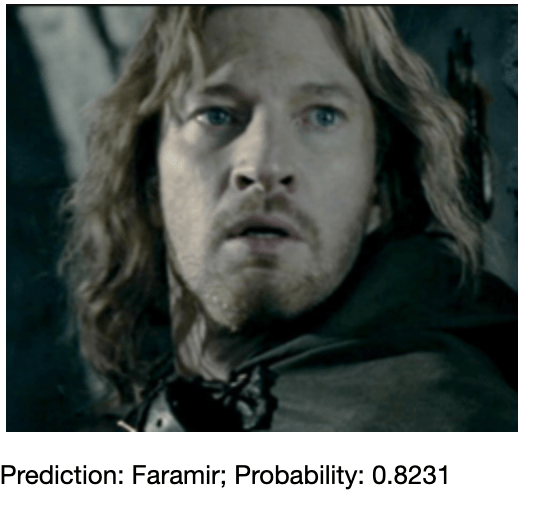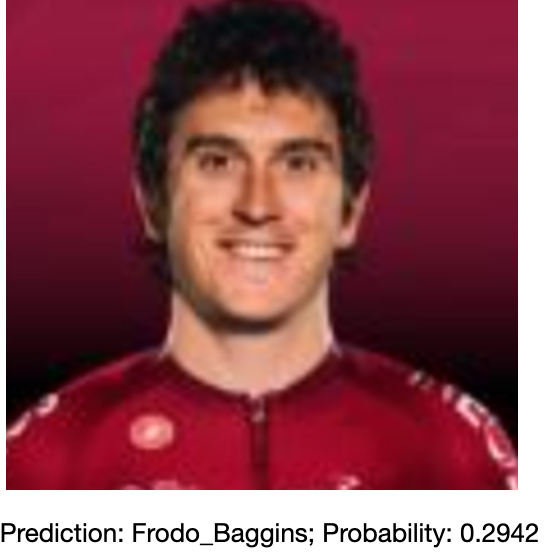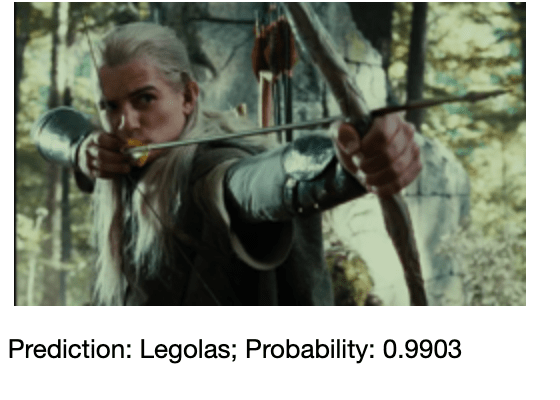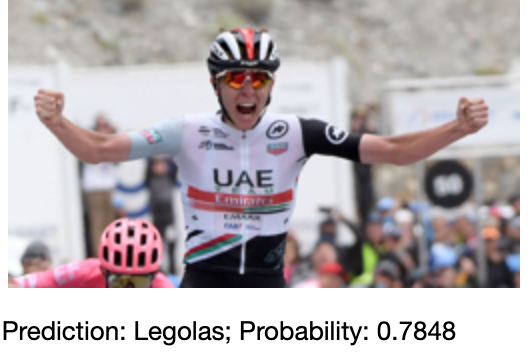Which Lord of the Rings characters do they look like? Ask an AI.
After building an app that uses deep learning to recognise Lord of the Rings characters, I had a bit of fun feeding in pictures of professional cyclists. This blog explains how the app works. If you just want to try it out yourself, you can find it here, but note that may need to be fairly patient, because it can take up to 5 minutes to fire up for the first time… it does start eventually.
Identifying wizards, hobbits and elves
The code that performs this task was based on the latest version of the excellent fast.ai course Practical Deep Learning for Coders. If you have done bit of programming in Python, you can build something like this yourself after just a few lessons.
The course sets out to defy some myths about deep learning. You don’t need to have a PhD in computer science – the fastai library is brilliantly designed and easy to use. Python is the language of choice for much of data science and the course runs in Jupyter notebooks.
You don’t need petabytes of data – I used fewer than 150 sample images of each character, downloaded using the Bing Image Search API. It is also straightforward to download publicly available neural networks within the fastai framework. These have been pre-trained to recognise a broad range of objects. Then it is relatively quick to fine-tune the parameters to achieve a specific task, such as recognising about 20 different Tolkien characters.
You don’t need expensive resources to build your models – I trained my neural network in just a few minutes, using a free GPU available on Google’s Colaboratory platform. After transferring the essential files to a github repository, I deployed the app at no cost, using Binder.
Thanks to the guidance provided by fastai, the whole process was quick and straightforward to do. In fact, by far the most time consuming task was cleaning up the data set of downloaded images. But there was a trick for doing this. First you train your network on whatever images come up in an initial search, until it achieves a reasonable degree of accuracy. Then take a look at the images that the model finds the most difficult to classify. I found that these tended to be pictures of lego figures or cartoon images. With the help of a fastai tool, it was simple to remove irrelevant images from the training and validation sets.
After a couple of iterations, I had a clean dataset and a great model, giving about 70% accuracy, which as good enough my purposes. Some examples are shown in the left column at the top of this blog.
The model’s performance was remarkably similar to my own. While Gollum is easy to identify, the wizard Saruman can be mistaken for Gandalf, Boromir looks a bit like Faramir and the hobbits Pippin and Merry can be confused.
Applications outside Middle Earth
One of the important limits of these types of image recognition models is that even if they work well in the domain in which they have been trained, they cannot be expected do a good job on totally different images. Nevertheless, I thought it would be amusing to supply the pictures of professional cyclists, particularly given the current vogue for growing facial hair.
My model was 87% sure that Peter Sagan was Boromir, but only 81.5% confident in the picture of Sean Bean. It was even more certain that Daniel Oss played the role of Faramir. Geraint Thomas was predicted to be Frodo Baggins, but with much lower confidence. I wondered for a while with Tadej Pogacar should be Legolas, but perhaps the model interpreted his outstretched arms as those of an archer.
I hoped that a heavily bearded Bradley Wiggins might come out as Gimli, but that did not not seem to work. Nevertheless it was entertaining to upload photographs of friends and family. With apologies for any waiting times to get to it running, you can try it here.
In earlier blogs, I have described similar models to identify common flowers or different types of bike.

